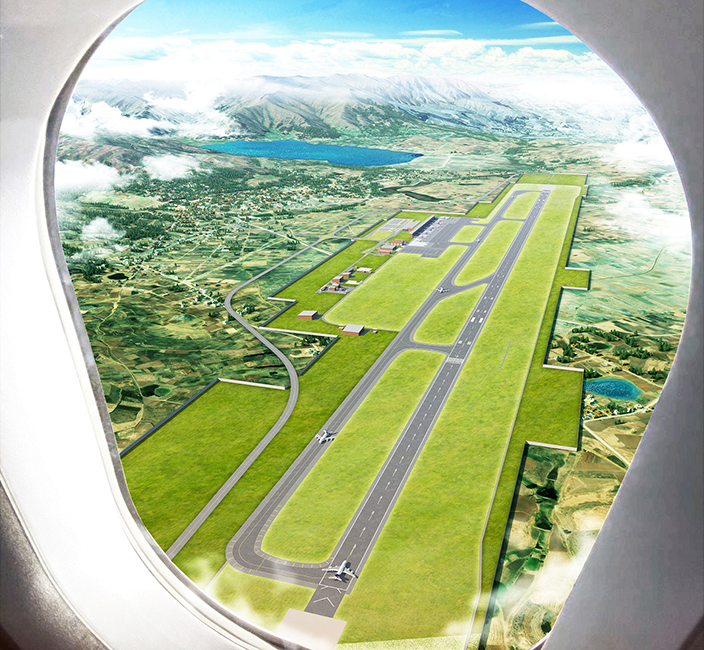
Latest News
- Hyundai E&C Accelerates Global Nuclear Expansion into the U.S. Nuclear Market
- Hyundai E&C Shifts into High Gear to Enter Nordic Large-Scale Nuclear Market
- Hyundai E&C Strengthens Korea-Japan Cooperation in Energy Transition and New Growth Businesses
- Hyundai E&C Signals Green Light for Large-Scale Nuclear Power Plant Business in Europe
- Hyundai E&C Unveils Energy-driven Growth Strategy “H-Road”
Hyundai E&C Wins Passenger Terminal Deal For New International Airport in Chinchero, Peru
Hyundai E&C has won the main construction project of the new international airport passenger terminal in Chinchero, Peru, winning a series of orders following the latest site-preparation deal in the new Peruvian market despite Covid-19.
.jpg)
The passenger terminal construction project for the Chinchero International Airport in Peru, following the latest site-preparation deal early this year, was ordered by the Ministry of Transport and Communications of Peru at a value of 493 billion won (428 million dollars), and Hyundai E&C led the J/V (Sinohydro, ICA, HV Contatistas) consisting of global companies from Mexico and China to eventually clinch the deal (Hyundai represents 35%, around 172.5 billion won).
The new airport terminal construction project is part of building an international airport with a capacity of 5.7 million passengers per year in Chinchero, Peru, located 15km northwest of Cusco, to attract visitors to Machu Picchu, the famous site of ancient ruins of the Inca civilization.
The airport will feature state-of-the-art eco-friendly facilities, including terminal buildings, control towers, runways and moorings. The construction will last for 47 months and will be extended to 63 months when including repair and maintenance. The project will be implemented based on a fast-track approach of implementing design and construction at the same time.
Hyundai E&C ranked first in both technological and commercial scores during its technical and commercial evaluation following the bid closing in last April, overtaking the contending team consisting of companies form Spain and Italy.
Hyundai E&C, which entered the new Peruvian market for the first time in March with the deal for site-preparation of the new airport, will be able to efficiently manage both design and construction of the entire project by winning the latest terminal construction project.

In line with the airport’s reputation as the gateway airport to the global tourist site Machu Picchu, the latest advanced design technique of Building Information Modeling(BIM) will be applied to digitize and manage the entire process from design, construction to maintenance. Moreover, 3D building modeling will be used to not only differentiate designs, reduce construction period, and save construction costs, but also maximize energy-saving efficiency.
In particular, it is all the more meaningful that Team Korea including Korean Airports Corporation(KAC) and Hanmi Global, will serve as the PMO(Project Management Office) overseeing the overall project from design review, construction process and quality control and commissioning on behalf of the Peruvian government, implemented the deal as the 2019 government-to-government (G2G) contract, and that the construction will also be carried out by Korean companies.
A Hyundai E&C official said, “Despite the global economic downturn caused by Covid-19, we successfully won the main construction deal overtaking competitors in Europe, recognized for our excellent construction technology and expertise, and going forward will continue to win orders such as the 4 billion dollar metro construction project in Lima as well.”
Meanwhile, Hyundai E&C is implementing numerous large infrastructure projects, including Chile's Chacao Bridge, after first setting foot on Latin America soil with Brazil's combined cycle thermal plant project in 2000 and has recently expanded its stride in the region by signing the recent 2.8 billion dollar contract to build the Panama Metro Line 3.

